In Germany the two fragments of Salome with the Head of the Baptist, a painting attributed to Lucas Cranach (Kronach, 1472 - Weimar, 1552) or his workshop, which was dismembered in 1937, have been reunited after nearly 90 years . The two pieces of the work are displayed together starting today in the Ducal Museum in Gotha (Herzogliches Museum Gotha), a city of 45,000 inhabitants in Thuringia. After nearly a century, therefore, the fragments are again hanging together on the wall where they were still displayed as a complete, intact painting in the 1930s.
The painting, from about 1530, has been documented in the collections of Friedenstein Castle, located a short distance from the Ducal Museum (which is housed in a 19th-century building) since 1644, as part of the main core of the Kunstkammer. It presumably came to Gotha as the dowry of Duchess Elisabeth Sophie of Altenburg, who married Ernest I of Saxony-Gotha in 1636. Based on the Statute of the Ducal Foundation of Saxe-Coburg-Gotha, which managed the Ducal Museum and the ducal collections from 1928 to 1950, the sale, and even dismemberment, of works deemed “defective” was permitted.
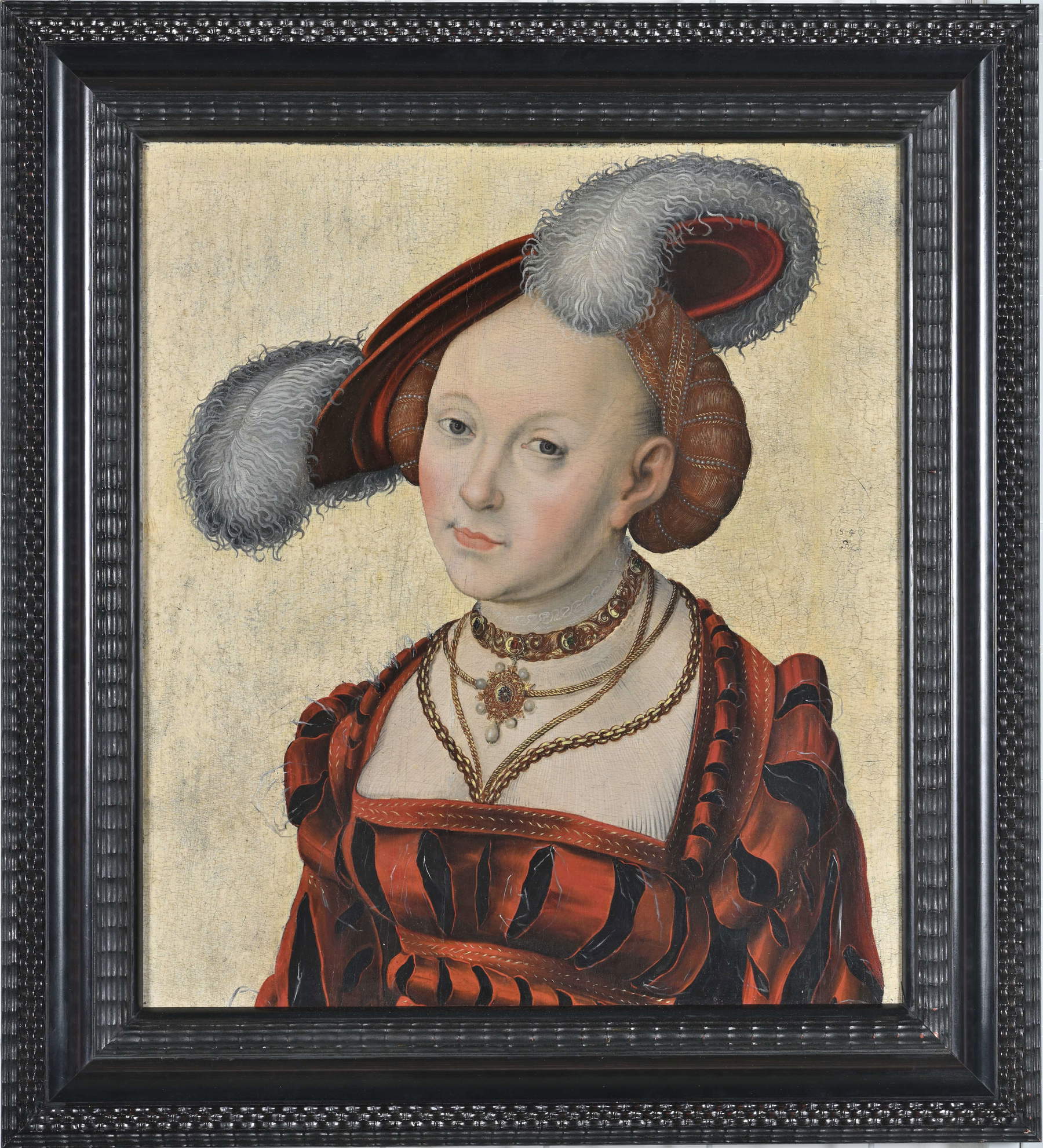
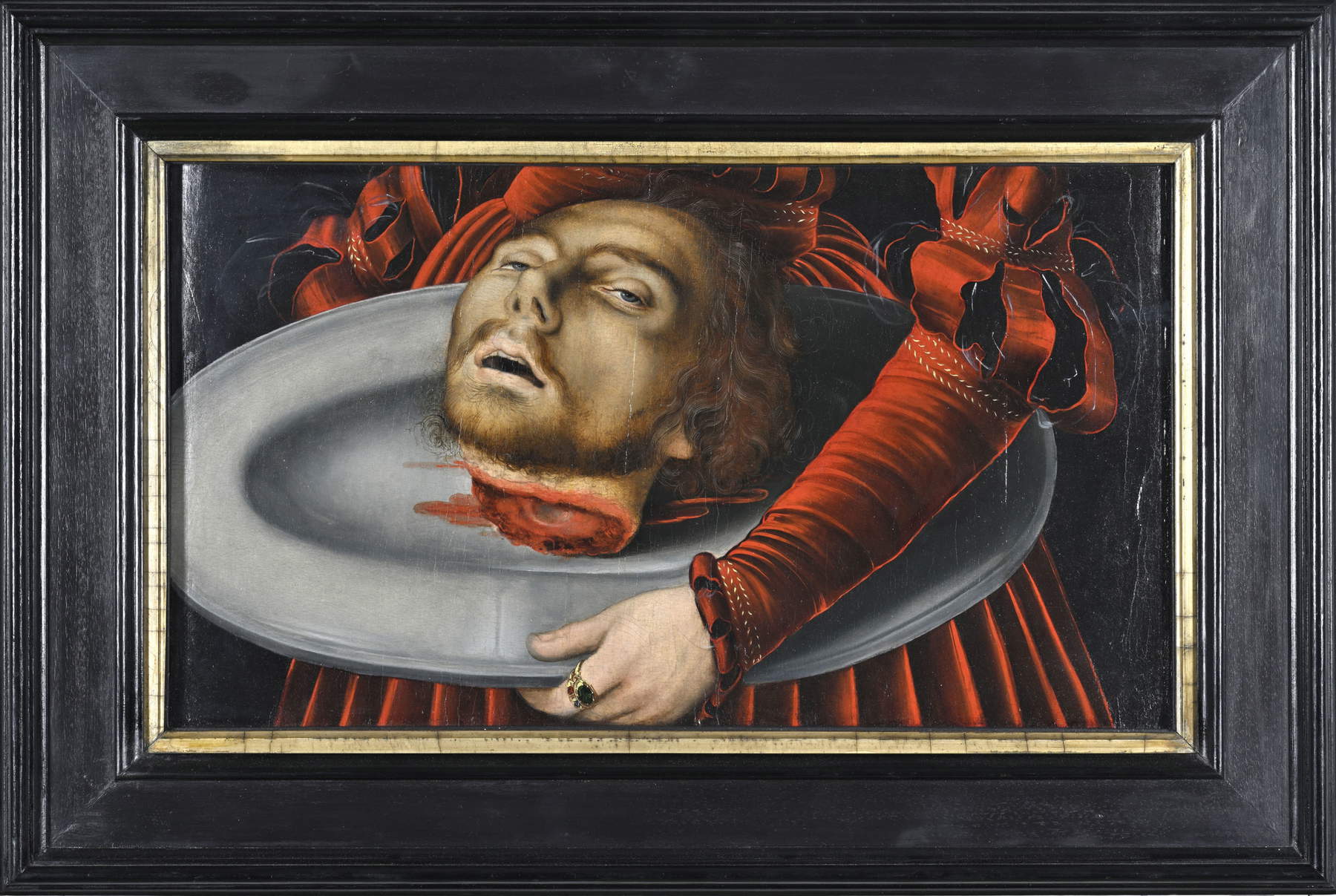
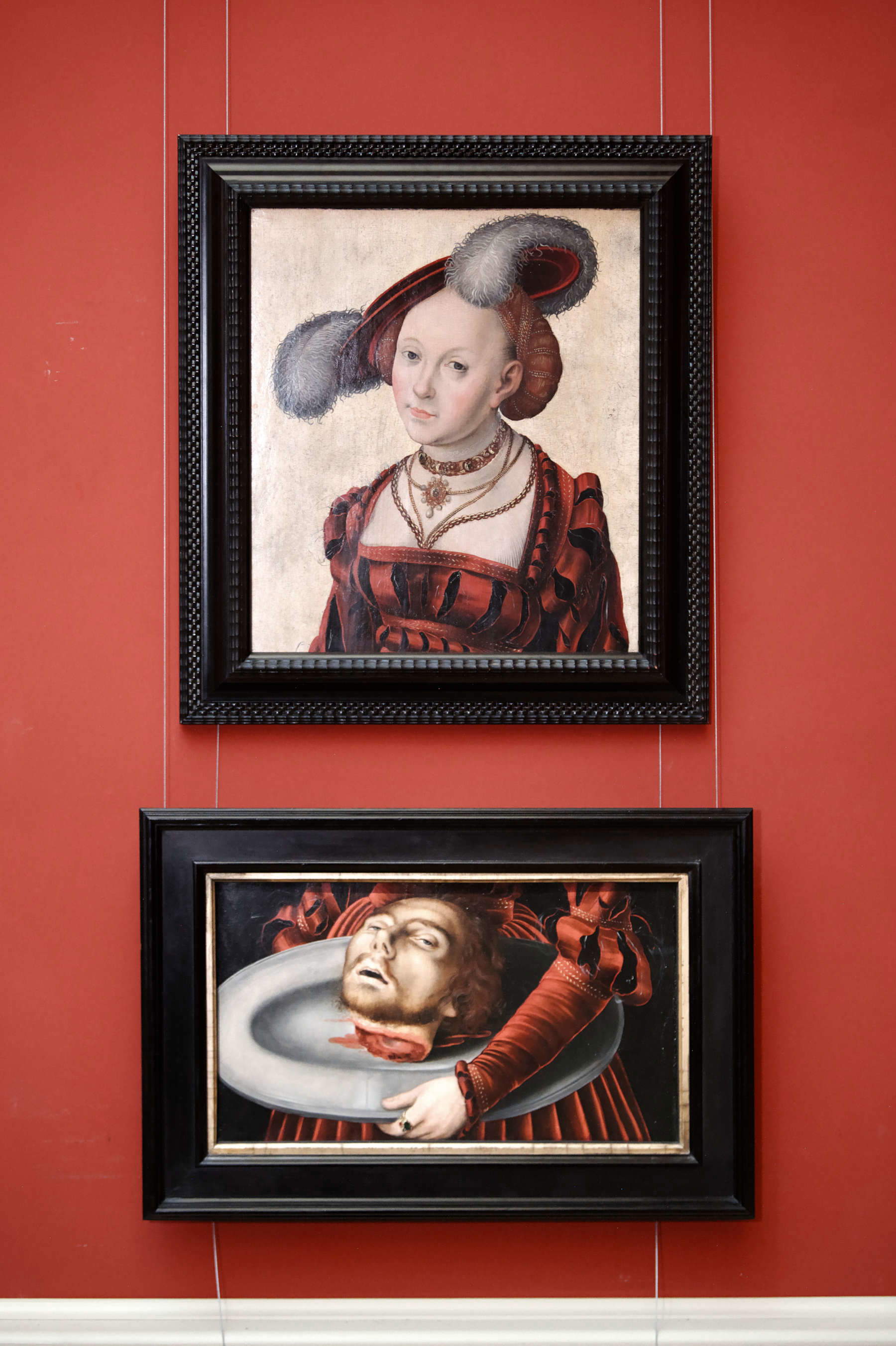
In the 1920s and 1930s, the sale of works of art held in museums was not uncommon in Germany, especially in economically difficult times such as the inflation that followed World War I and the Great Depression that began in 1929. Museums were often under financial pressure to downsize, restructure, or generate income. The Foundation’s 1928 statutes (Article 8, Section 1b and Article 9, Sections 1-2) contained provisions limiting the scope of large sales, disposals and acquisitions. These required the approval of the supervisory authority or the involvement of the Advisory Council. The purpose of these regulations was to ensure that changes to the foundation’s assets and collections were made only in accordance with the foundation’s purpose: the promotion of art, science and public education. Existing correspondence reveals, however, that sales made by the foundation were criticized by the Thuringian Ministry of Justice. And today such sales would be completely unthinkable. The fact remains, however, that the Salome was sold to an art dealer in 1936: given the considerable quantity of Cranach’s works, not yet decimated by the losses of World War II, the painting seemed superfluous. It was another dealer, the owner of the Abels gallery in Cologne, who had bought it in 1937, who had the panel sawn into two pieces for commercial reasons, “since,” reads one of his correspondence from the time, “daily viewing would have been unbearable for sensitive individuals.” The reference was to the severed head of St. John the Baptist in the lower part of the painting. Thus, the upper part could be sold as a portrait of a princess, while the unsalvageable part with the Baptist’s head was returned to Gotha.
The fragment with the saint’s head was restored in 2015 and was last displayed in an exhibition on the lost masterpieces of the Duchy of Saxony-Gotha. However, the upper fragment with the Salome went missing after an auction at Christie’s in London in 2012 until it reappeared on the art market in 2024 in an Artcurial auction in Paris. Following its resurfacing, the fragment was examined by Professor Gunnar Heydenreich of the Institute for Restoration and Conservation (CICS) at the Technical University of Cologne and found to be in need of restoration. And then, thanks to the support of the Gotha Cultural Foundation (Kulturstiftung Gotha), it was bought back for the sum of 144 thousand euros (the estimate was 80-120 thousand). The Ducal Museum in Gotha has already indicated that in the future the two fragments will be studied to understand the painting’s autography and determine whether it is a painting by Cranach or, as is more likely, whether it is a workshop work or a follower. For now, for the first time in nearly 90 years, Salome with the Head of the Baptist can again be admired in its entirety.
The museum will offer a public guided tour of the Altdeutscher Saal, the museum room where the work is on display, on Thursday, September 4, 2025 at 4 p.m. As for the attribution, there will be a public lecture on October 17, 2025.
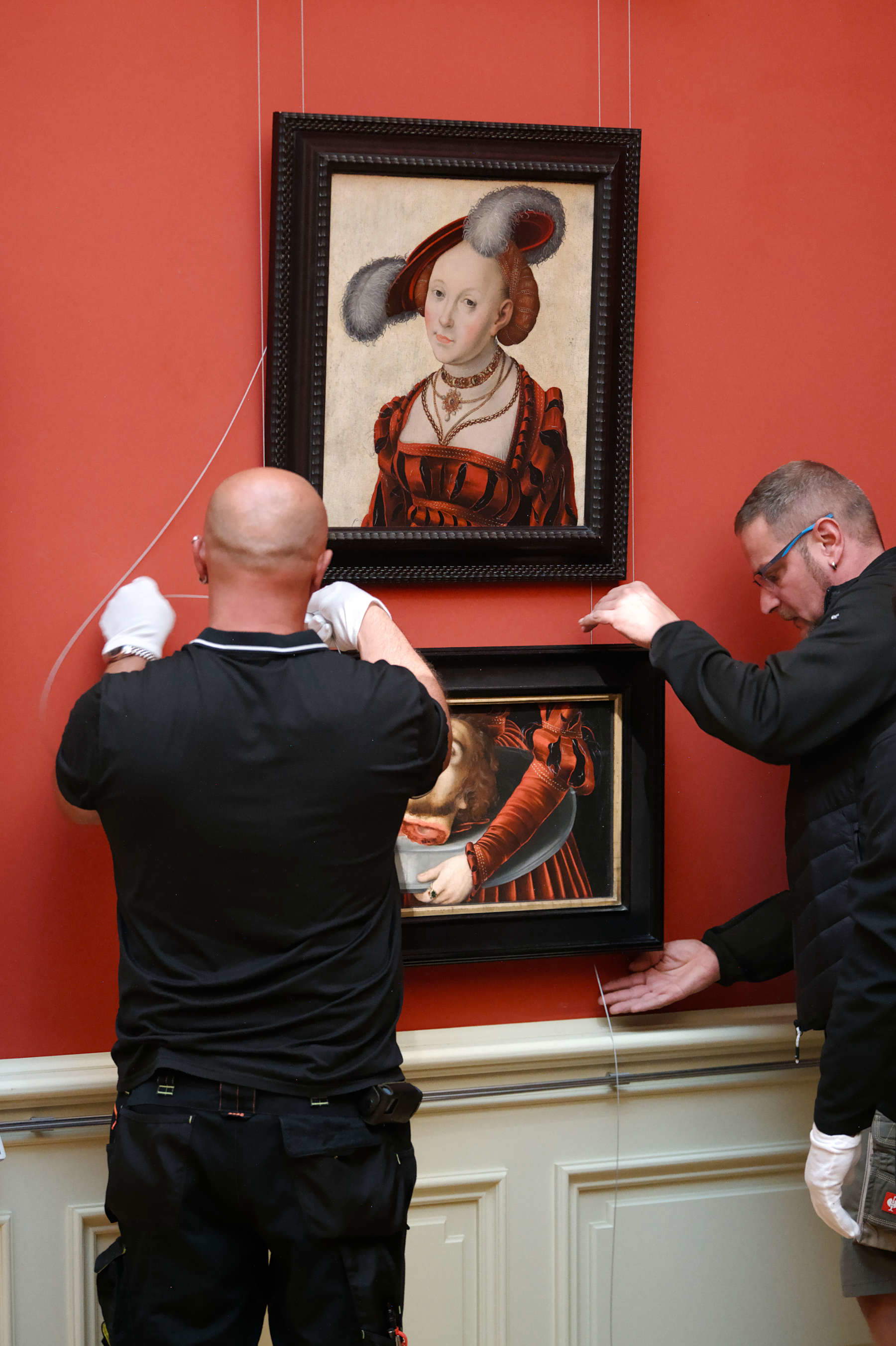
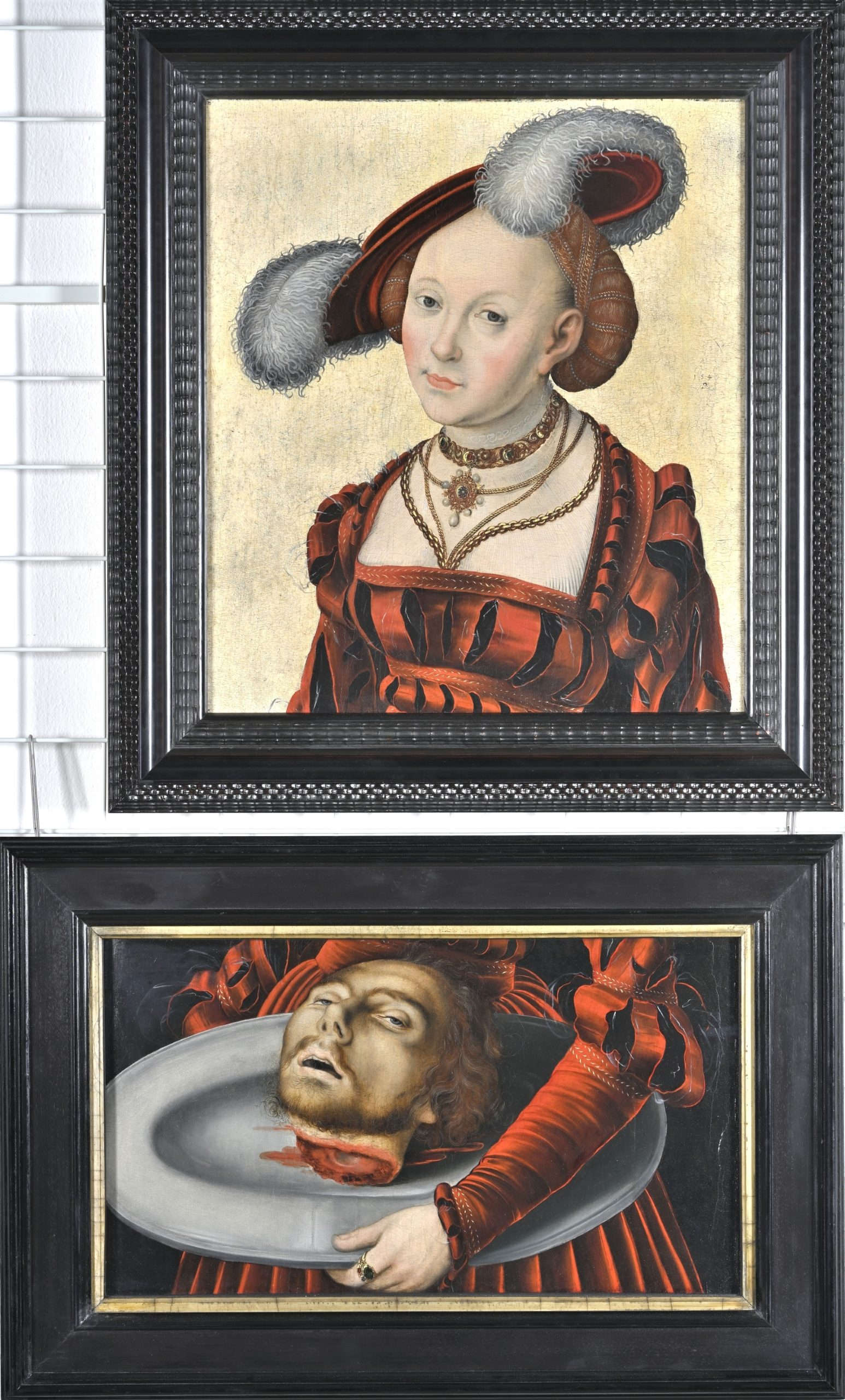
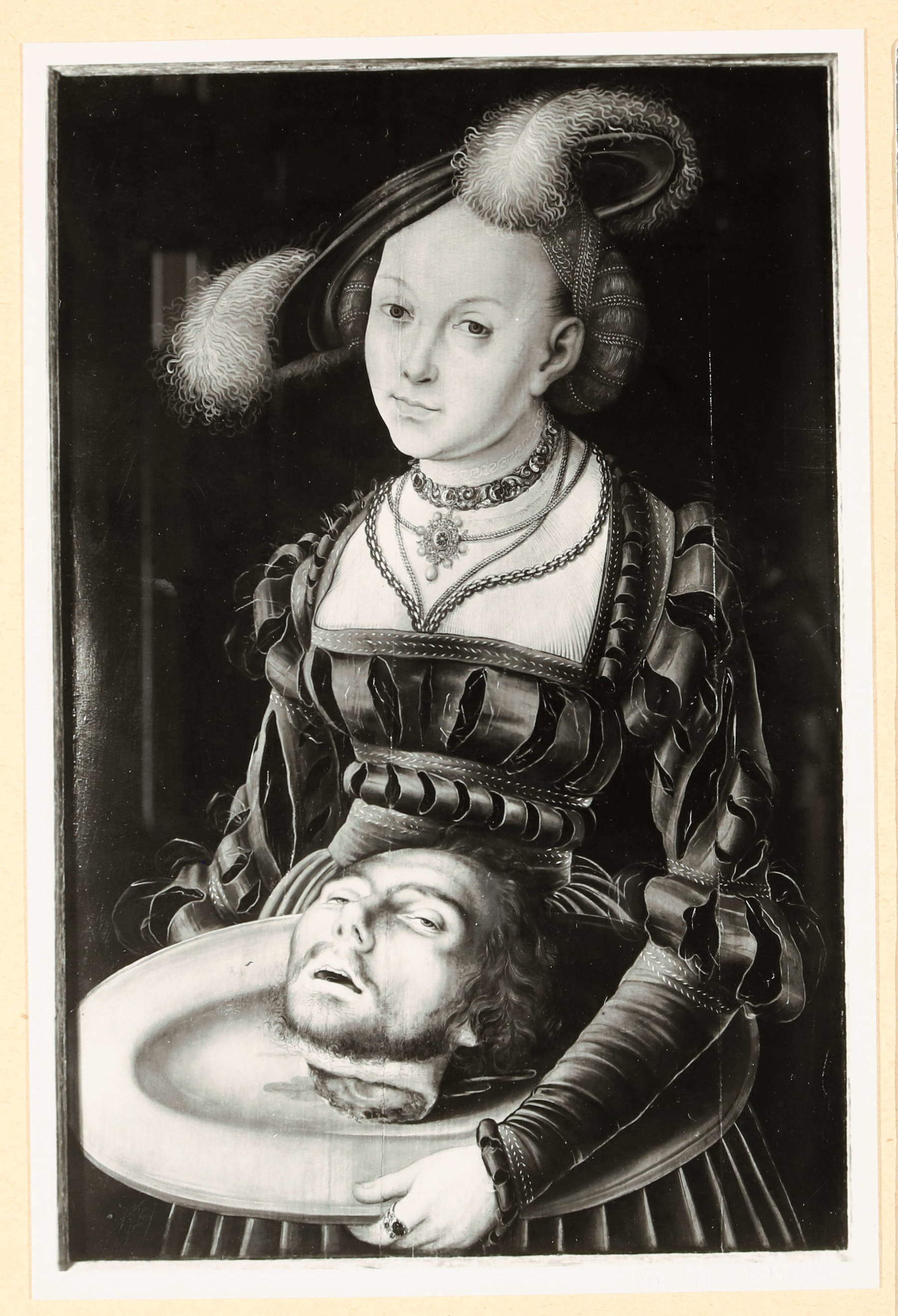
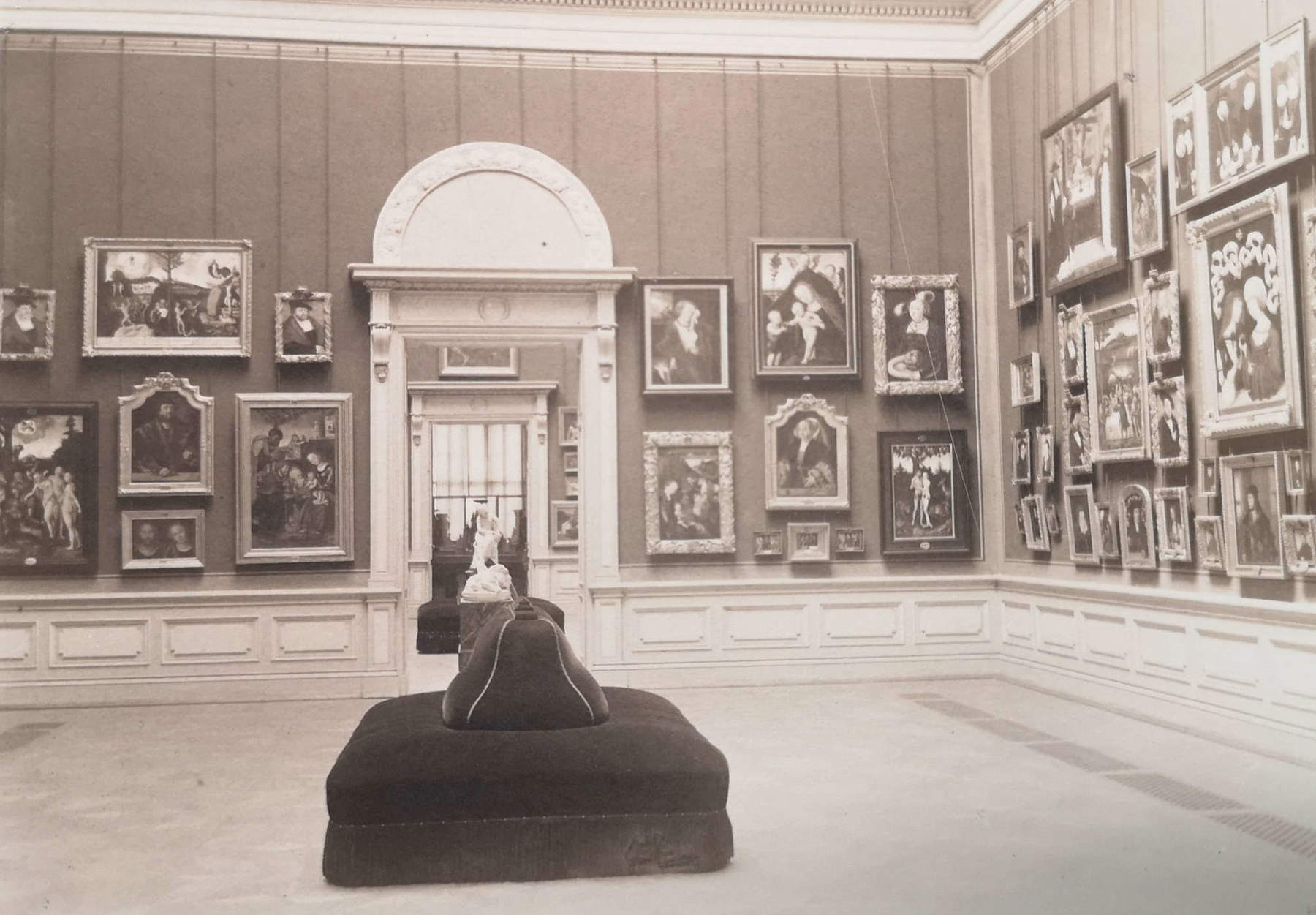
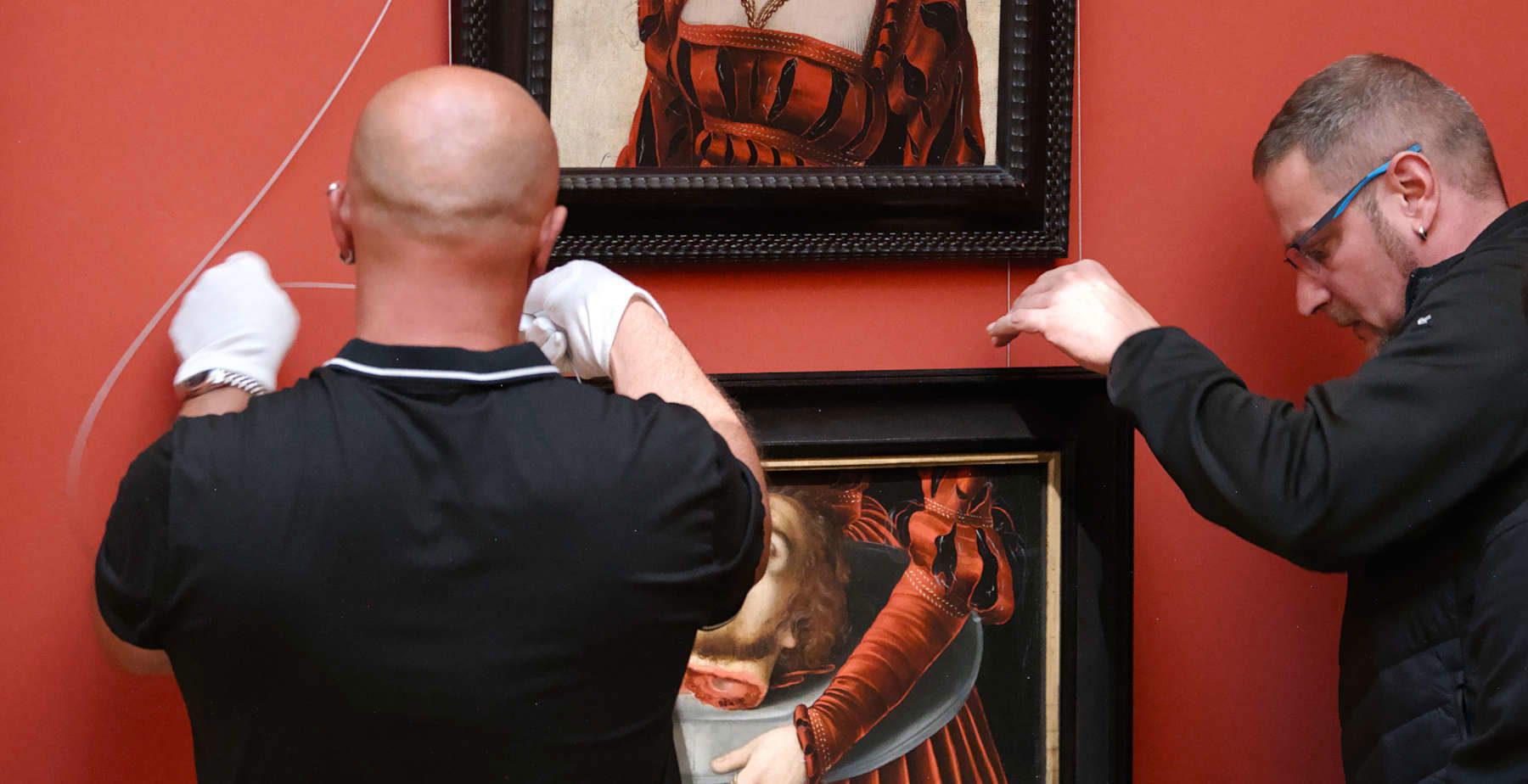 |
| Germany, reunited the two fragments of a painting attributed to Cranach, sawn off in 1937 |
Warning: the translation into English of the original Italian article was created using automatic tools. We undertake to review all articles, but we do not guarantee the total absence of inaccuracies in the translation due to the program. You can find the original by clicking on the ITA button. If you find any mistake,please contact us.